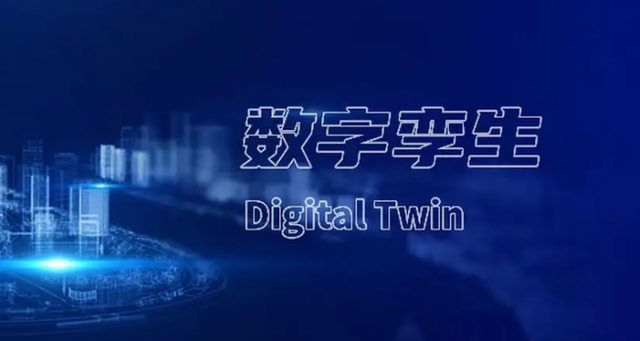
With the increasing popularity of the word digital twin, it has attracted more and more attention from various industries. Today, let's talk about what digital twin is.
The idea of digital twins was named "Information Mirror Model" (Information Mirroring Model) by Michael Grieves of the University of Michigan, and then evolved into the term "digital twins". Its English expression is Digital Twin, so vividly, digital twins are also called digital twins or digital mapping.
In 2012, NASA gave the concept description of digital twinning: digital twinning refers to the integration of multi-disciplinary and multi-scale simulation process by making full use of physical model, sensor, operation history and other data. As a mirror image of physical products in virtual space, digital twinning reflects the whole life cycle process of corresponding physical products. In order to facilitate the understanding of digital twins, Zhuang Cunbo put forward the concept of digital twins and considered that digital twins are the process of digitally defining and modeling the composition, characteristics, functions and performance of physical entities by using information technology. Digital twins are information models that are completely equivalent to physical entities in computer virtual space, which can be used to simulate and optimize physical entities based on digital twins. Digital twins are technologies, processes and methods, and digital twins are objects, models and data.

It is also a universally adaptive theoretical and technical system, which can be applied in many fields, such as product design, product manufacturing, medical analysis, engineering construction and so on. In China, the most concerned and hottest research is in the field of intelligent manufacturing.
To put it simply, digital twin is to create a digital version of twins on the basis of a device or system. We call this kind of "twin" digital twin (TwinObject). It is created on the information platform and is virtual.
Compared with the traditional digital object, the biggest difference between digital twin and traditional digital object is that digital twin is the dynamic simulation of physical object. In other words, the digital twins can be changed and respond to the timeline according to the physical design model of the ontology, the data fed back by the ontology sensor and the historical data of the ontology operation.
Since the real-time state of the Noumenon, as well as the external environmental conditions, will return to the "twins". In other words, this digital twin, which is infinitely close to the real physical entity, can be combined with the application scene of this physical entity to carry out full-element simulation. Then engineers can "experiment" on virtual digital twins. In this way, if you need to make system design changes, or if you want to know how the system will react under special external conditions, engineers only need to make changes on the twins. In this way, it can not only avoid the impact on the ontology, but also improve the efficiency and save the cost. This is why digital twins are needed in manufacturing.
At present, the understanding of digital twin is developing and deepening, and the application boundary of digital twin is also expanding. It can be said that digital twin has been widely used in the production scenarios of many industries, among which intelligent manufacturing is a widely concerned scene. And how to achieve holographic simulation is what digital twins need to do at this stage.

In order to make the digital model infinitely close to the real manufacturing scene, take the factory as an example, the first thing to do in the production process is to make a visual 3D modeling of the whole production scene and lay out everything that may be involved in the actual production. such as machines, materials, labor, forklifts, carts, conveyors and so on. So how do you get this data?
Sensors are arranged in key areas of the ontology factory to capture motion data in real time and upload it to the cloud for intelligent processing. The monitoring is arranged around the production node to facilitate the whole chain to monitor the production efficiency and capture the abnormal state, so that the overall production rhythm can be controlled. In this way, when a physical entity is mapped to a virtual entity, the "digital twin" of an assembly line is born.
Managers can check the actual situation of the factory out of the workshop through the computer screen at any time, and can interact with it and control the visual angle far and near. Through data simulation and other tools, we can troubleshoot the fault settings, and even predict the possible fault problems, and further make strategic decisions for the factory.

From such an example from tradition to intelligence, it is not difficult to find that digital twinning is the inevitable outcome of the development of data, algorithms and computing power to a certain stage, and it is also the inevitable stage when the industrial scene enters the industrial Internet era.
Digital twins can be applied to the whole industry, such as intelligent manufacturing, smart buildings, smart parks, smart cities and so on.
In this way, digital twinning is not only a noun label, but also no longer an ethereal concept. Digital twin is an embodiment of innovative consciousness, a clarion call that is changing the industrial process, and a new era that we must meet. Finally, we can achieve economical production, efficient management, intelligent management and flexible production, build the lasting competitiveness of enterprises, achieve the Internet of everything, and truly achieve science and technology to change productivity.
